Best Dental Extraction Forceps 150 Manufacturer
Are you searching for the best extraction forceps 150 manufacturers? Look no further! In this ultimate guide, we will walk you through everything you need to know to make an informed decision.
Choosing the right extraction forceps is essential for any dental professional. These instruments are critical for efficient and successful tooth extractions. However, with so many manufacturers in the market, it can be challenging to know which one to trust.
In this comprehensive guide, we will explore the top extraction forceps 150 manufacturers, comparing their features, quality, and customer reviews. Whether you are a dental student, a practicing dentist, or a dental supply procurement manager, this guide is designed to help you choose the best extraction forceps 150 manufacturers that meet your specific needs.
From renowned brands to emerging players in the market, we will provide you with valuable insights to help you make an informed decision. So, let’s dive in and discover the ultimate extraction forceps 150 manufacturers.
Importance of Choosing the Right Extraction Forceps 150
Choosing the right extraction forceps is crucial for any dental professional. These instruments are not merely tools; they are extensions of the dentist’s hands and skills. The efficacy of a tooth extraction can significantly depend on the quality and design of the forceps used. Good extraction forceps can enhance the precision of the procedure, reduce the risk of complications, and improve patient comfort and satisfaction. A well-designed pair of forceps can help minimize trauma to surrounding tissues, which is essential for a swift recovery.
Moreover, the right extraction forceps can also impact the overall workflow in a dental practice. Efficient tools allow for quicker procedures, which can lead to increased patient turnover and better time management. This is particularly important in busy dental practices where time is a valuable asset. Using forceps that are well-suited for specific extraction tasks can streamline the process, allowing dental professionals to focus more on patient care rather than struggling with inadequate instruments.
In addition to enhancing the clinical outcome, the correct selection of extraction forceps also affects the long-term relationship between the dentist and the patient. Patients who experience less discomfort and quicker recovery times are more likely to return for future care and recommend the practice to others. Therefore, investing time and resources into selecting the right extraction forceps is not just a matter of preference; it is a necessity for achieving professional excellence and fostering patient trust.
Factors to Consider When Choosing Extraction Forceps 150
When selecting extraction forceps, several factors come into play that can influence your decision. First and foremost, you should consider the type of extraction you will be performing. Different forceps are designed for various situations—such as anterior or posterior extractions, impacted teeth, or single-rooted versus multi-rooted teeth. Understanding the specific requirements of each extraction type will guide you toward the most appropriate forceps.
Another crucial factor is the material from which the forceps are made. Most extraction forceps are crafted from stainless steel, which offers durability and resistance to corrosion. However, the quality of the stainless steel can vary between manufacturers, affecting both the longevity and effectiveness of the instruments. High-grade stainless steel or even titanium options may provide better performance and durability, making them a worthwhile investment for frequent use.
Ergonomics should also be a key consideration. Comfortable, well-designed handles can significantly reduce hand fatigue during prolonged procedures. Forceps that are easy to grip and maneuver allow for better control, leading to more precise extractions. Additionally, the weight of the forceps can play a role in user comfort; overly heavy tools may cause strain, while lightweight options can enhance dexterity. Therefore, balancing comfort and usability is essential for optimal performance.
Types of Extracting Forceps
Extraction forceps come in various shapes and sizes, each designed for specific dental procedures. This diversity allows dental professionals to choose the most suitable tool for each unique case. The most common types of extraction forceps include universal forceps, which can be used for both anterior and posterior teeth, and specialized forceps tailored for specific teeth, such as molars or premolars. Understanding the differences among these types is crucial for successful extractions.
Universal forceps are designed to handle various extraction scenarios, making them an essential part of any dental toolkit. These forceps typically have a broad beak that can adapt to the contours of different teeth, allowing for versatility in extractions. They are ideal for general practitioners who may encounter a wide range of dental cases. However, while universal forceps are convenient, they may not deliver the same level of precision as specialized forceps.
Specialized forceps, on the other hand, are engineered for specific tooth types or situations. For instance, there are forceps designed exclusively for upper molars, lower molars, and even wisdom teeth. These specialized tools often feature unique beak shapes and angles that enhance their effectiveness in challenging extractions. Choosing the right type of extraction forceps can make a significant difference in the outcome of a procedure, ensuring both efficiency and patient comfort.
Key Features to Look for in Extracting Forceps
When evaluating extraction forceps, several key features can indicate the quality and effectiveness of the instruments. First, the design of the beak is crucial; it should be shaped to fit the contours of the teeth being extracted. A well-designed beak enhances grip and control, allowing for a more efficient extraction process. Additionally, the angling of the beak plays a significant role in accessing difficult-to-reach areas, especially in posterior extractions.
Another important feature is the handle design. Ergonomic handles are essential for reducing hand fatigue and improving control during procedures. Look for forceps with textured grips that prevent slippage, even when hands are wet. The length and weight of the handles can also affect usability; lighter forceps may offer better maneuverability, while longer handles can provide additional leverage during extractions.
Lastly, consider the overall construction and materials used in the forceps. High-quality stainless steel or titanium options are preferable for durability and corrosion resistance. Additionally, some manufacturers offer instruments with specific coatings that enhance performance and reduce wear over time. Ensuring that the extraction forceps meet these criteria can significantly impact their effectiveness and longevity in a dental practice.

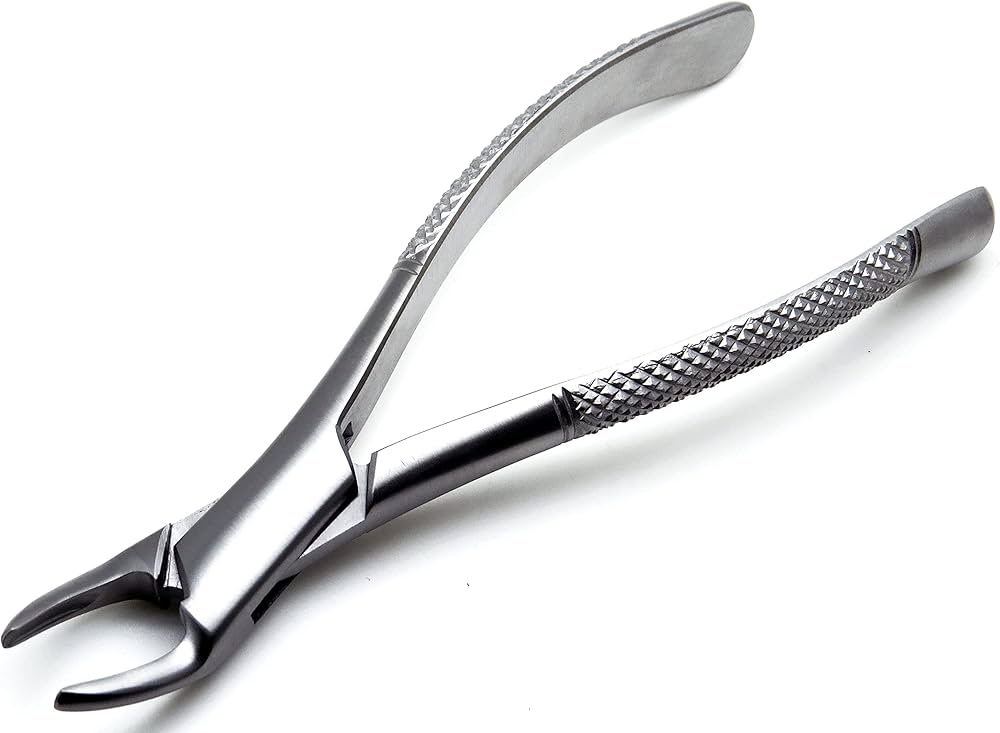
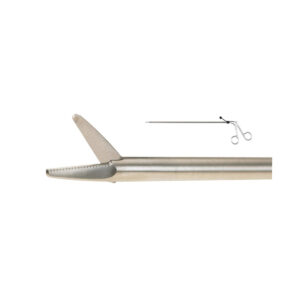
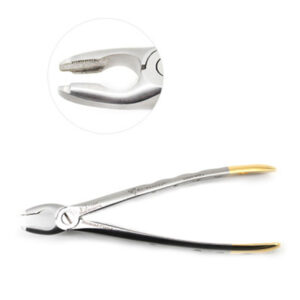
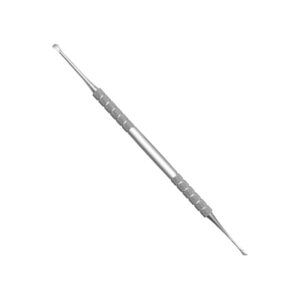
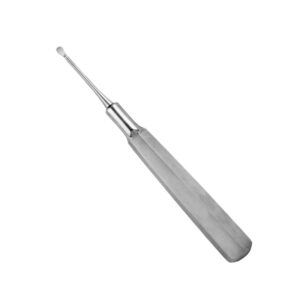
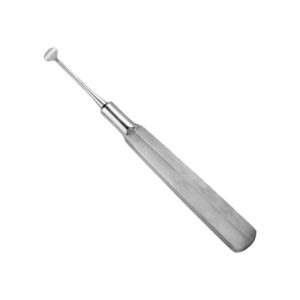
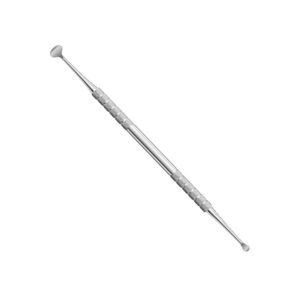
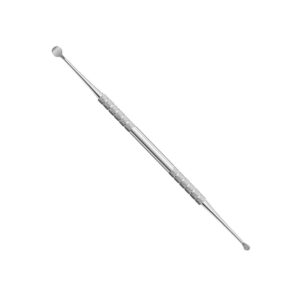
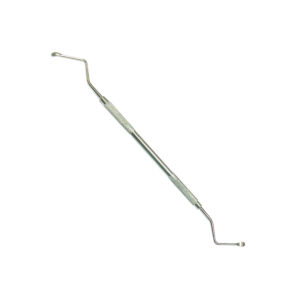
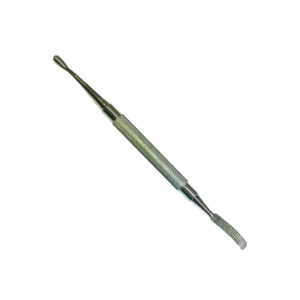
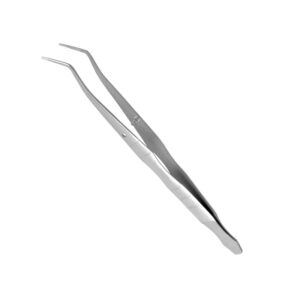

Reviews
There are no reviews yet.